42 water purification science projects
project Make a Water Filter Design and build a device that can clean a dirty water sample using materials around your home. You'll follow the same design process used by NASA engineers and scientists when they developed the water filtration system for the International Space Station orbiting Earth. Dec 15, 2018 — The basic principle of a sand water purification system is that of a filtration system: By sending the water through the fine material, ...
17/06/2021 · Here's the quick answer: RO and DI filters use different physical reactions to clean water.Reverse Osmosis (RO) is used to partially clean-up tap water to make it roughly 90% to 99% pure. Deionization (DI) filters exchange positive hydrogen and negative hydroxyl molecules for positive and negative contaminant molecules in water.

Water purification science projects
Water purification is the removal of contaminants from the untreated water to water to produce clean water that is pure enough to be used for to other purposes. Substances that are removed during the process of drinking water treatment include germs, mud, and man made pollutants. HYPOTHESIS Searching for something positive, this project could provide some insights into developing a water purification pre-filter. Backpackers must forage drinking water from contaminated sources for weeks at a time. There are a number of portable filter devices cleverly manufactured for this purpose, but they often fail from particulate clogging. ·Fill one jar with dirty water from a puddle, stream, or lake. Line the bottom of the plastic cup with coffee filters and place a layer of sand and gravel on top. Place the cup into an empty jar and pour the dirty water into the cup. The gravel and sand act as a natural filter, demonstrating how it purifies the water.
Water purification science projects. 11/07/2013 · Most of us have conducted an investigatory science project without even knowing it, or at least without knowing that's what it was called. Most science experiments performed, from elementary to high school students and all the way up to … Science Fair Project Idea It is important to ensure that we all have good clean water to drink that is not contaminated by heavy metals or chemicals. One common pollutant in a water supply is lead in old pipes or paints that can leach into the water and cause lead poisoning. water red food coloring Procedure Fill a measuring cup with 1/2 cup of water. Add 8 drops of red food coloring to the water and stir until mixed. Now, add 1/4 cup of colored water to each of the baby food jars. To one jar, add 2 teaspoons of the activated carbon. Each TeachEngineering lesson or activity is correlated to one or more K-12 science, technology, engineering or math (STEM) educational standards.. All 100,000+ K-12 STEM standards covered in TeachEngineering are collected, maintained and packaged by the Achievement Standards Network (ASN), a project of D2L (www.achievementstandards.org).. In the ASN, standards are hierarchically structured ...
The Water Project is dedicated to providing clean, safe water to people in the developing world who suffer needlessly without it. We hope you'll introduce our work to your students as part of your lesson plan. Learn More Get Involved Donate Your school can help provide clean water to students who have none. May 30, 2017 - Explore Beth Sharkey's board "STEM Water filtration experiment", followed by 381 people on Pinterest. See more ideas about science projects, science for kids, water filtration experiment. 1. Add salt to two cups of water and stir until it dissolves, then pour it into a large bowl. 2. Place a short glass in the middle of the bowl. (This glass should be shorter than the rim of the bowl, but taller than the level of the saltwater.) 3. Now cover the bowl with plastic wrap, taping the edges, if necessary, to get a tight seal. Water Purification Project Every living being on Earth needs clean water to function. Humans must consume at least two liters of purified water each day. Advancements in technology ensure that drinking water is safe and contaminant-free. This science project aims to help explain how water purification works.
The Environmental Engineering and Science (EE&S) group within CEE at Illinois prepares students for the increasingly critical role of addressing the world’s challenges of air, land and water pollution. Sustainable engineering practices for both developed and developing societies are a primary focus of the EE&S program. Through cooperation with colleagues in other … Ask your scientist to create a testable question: · Use the thumb tack to punch holes in the bottom of each soda bottle · Use one cloth circle or coffee filter to ... Water Filtration Science Fair Projects. One of the easiest science fair projects is a water filtration experiment. This experiment uses household items like a soda bottle and three layers of cheese cloth. You can use other materials to make the experiment as well, such as cotton balls or sand. Mix your dirty water by combining 1 cup water with the dirt and oil. Make observations about what the water looks like before filtering. Place the cup underneath your bottle to catch the water....
There are five steps to basic water purification: aeration, coagulation, sedimentation, filtration, and disinfection. Our project took us through the first four. Aerationadds air to the water. It allows gases trapped in the water to escape and adds oxygen to the water.
To find out how water filters work, it is probably best to have a look inside the filter. Most of the filters that are used for home water treatment are carbon filters. That means the material inside the filter is carbon or a special form of it, called activated carbon or activated charcoal, which is shown in Figure 1.
Large stones Small Stones Sand Containers Funnel Dirty water - we just added some soil from the garden to some tap water. Instructions Place the large stones in the funnel and hold it over a container, pour the water through. Add the small stones to the top of the large stones and repeat, does the water look clearer? Add the sand and repeat again.
This week we worked on a water filtration experiment to teach the kids about water pollution and clean water. (See 200+ STEM projects for kids) We have read a few great books on this topic: The Magic School Bus at the Waterworks by Joanna Cole. One Well: The Story of Water on Earth by Rochelle Strauss. A Drop Around the World by Barbara McKinney
Feb 22, 2017 - Explore R G's board "Science Fair Projects On Purifying Water" on Pinterest. See more ideas about science fair, science fair projects, science.
Learn about natural and man-made water filtration systems and how they work with this fun and simple science experiment for home and the classroom!
The TRIzol Plus RNA Purification System provides a simple, reliable, and rapid method to isolate high-quality total RNA from a variety of samples, including animal cells and tissue, plant tissue, bacteria, and yeast. This system combines the
2-liter plastic bottle, empty and clean. Utility knife. Dirty water (make your own with stuff like coffee grounds, dirt, crunched-up old leaves, cooking oil, or tiny pieces of foam) Measuring cup. Spoon. Stopwatch or clock with a second hand. Pencil and paper. As many of the following filter materials as you can get: activated charcoal ...
The COOL Water Purification Project uses two sources of energy to create potable water. For normal uses, wind will be used as a renewable energy source and for emergency situations a human powered mechanism provides an alternative energy source. This system will boil contaminated water, purifying it, and then condense the water as a potable source.
DIY Water Filtration System for Science Project Pour swamp water in the 2-liter bottle with a lid. Notice how it looks and smells. Put the lid on the bottle and shake vigorously for 30 seconds. Then pour the water back and forth between the two cups about 10 times. Pour the water into the bottle with its top cut off.
Water Purification Science Fair Project Pour the muddy water in the beaker for some time to settle. Fold a filter paper in four stages as shown in the diagram. Place it in the glass funnel. You will see it does not stick to the funnel. One or two drops of water will make it stick.
http://clicks.aweber.com/y/ct/?l=83v1V&m=1b9s90oZaJuqO5&b=BPfyUrCnmYlj4r8Rw9aVNQ
Purification of Water Science Fair Project Pour the muddy water in the beaker for some time to settle. Fold a filter paper in four stages as shown in the diagram. Place it in the glass funnel. You will see it does not stick to the funnel. One or two drops of water will make it stick.
Science project Water Purification Experiment: Removing Chlorine From Water Chlorine is a chemical added to water supplies to kill microorganisms. Microorganisms are tiny living things like bacteria, viruses, and protozoans that cannot be seen with the naked eye. Cholera, typhoid fever, and dysentery are all caused by microorganisms in water.
Plastic soda or juice bottle · Vase or tall drinking glass · Gravel or small stones · Clean Sand · Activated Charcoal · Cotton balls, small cloth or coffee filter ...
Develop school science ideas into projects with a water theme. Based on the fact that water is everywhere and involved with all aspects of our lives, there are unlimited water projects that can be done by young scientists. Scroll Down to View School Water Test Kits that involve water testing as part of the science project.
Water Lab Exploring Safe Drinking Water is a science experiment that turns students into water testers with an eye for safety. Using water sources around your home or school you can easily set up this activity and in the process learn a valuable lesson about how precious safe water is for families everywhere.
Each year, more than 3.5 million people die from lack of access to clean water in developing countries. Our objective is to develop an inexpensive sustainable water purification system. Our method involves using chitin, a cheap and abundant material which all the crustacean shells are made of. After non-chemical extraction, chitin can be used ...
Water Filter Science Project Filtering Water - What you need. Dirty water ( or mud and clean water ) Funnels. Coffee filter/paper towel/muslin. Sand. Stones. An empty bottle or other containers. Filtering Water Experiment. The great thing about this experiment is that you can design it however you like.
·Fill one jar with dirty water from a puddle, stream, or lake. Line the bottom of the plastic cup with coffee filters and place a layer of sand and gravel on top. Place the cup into an empty jar and pour the dirty water into the cup. The gravel and sand act as a natural filter, demonstrating how it purifies the water.
Searching for something positive, this project could provide some insights into developing a water purification pre-filter. Backpackers must forage drinking water from contaminated sources for weeks at a time. There are a number of portable filter devices cleverly manufactured for this purpose, but they often fail from particulate clogging.
Water purification is the removal of contaminants from the untreated water to water to produce clean water that is pure enough to be used for to other purposes. Substances that are removed during the process of drinking water treatment include germs, mud, and man made pollutants. HYPOTHESIS



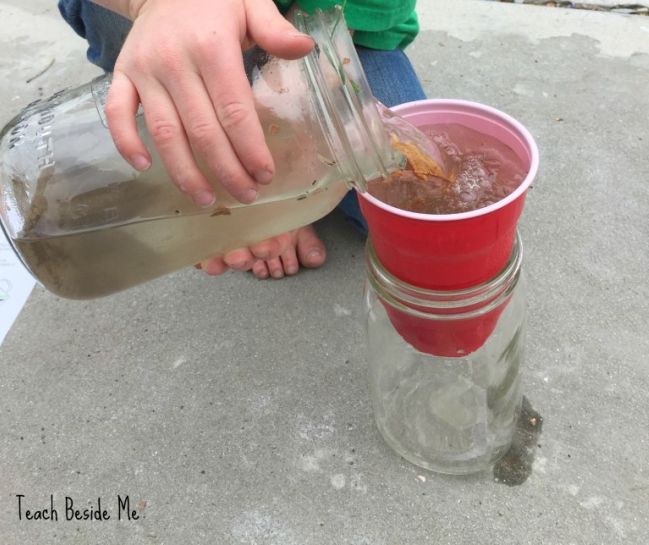



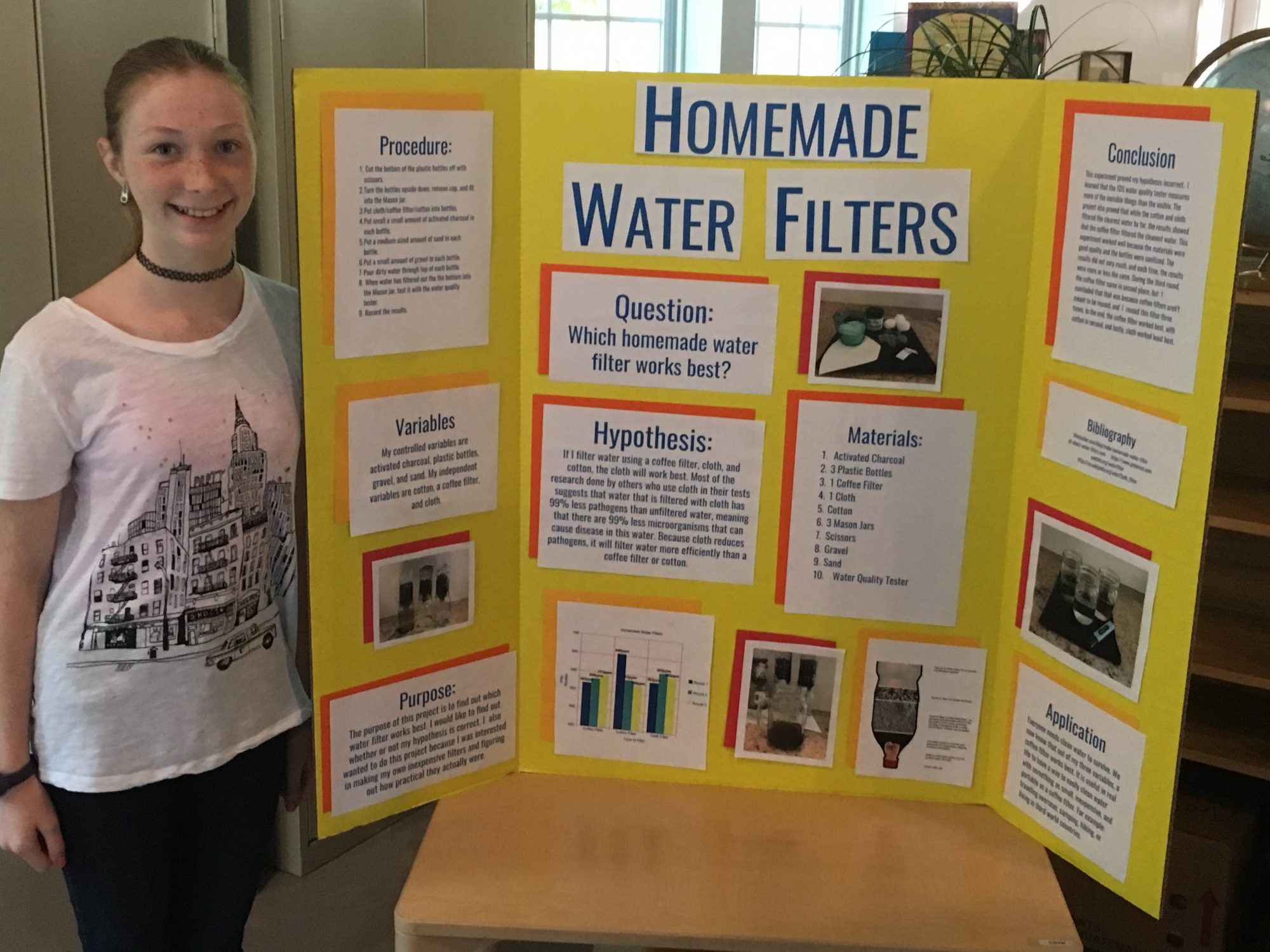

/BoilingWater-58e3d1ac5f9b58ef7e060f93.jpg)

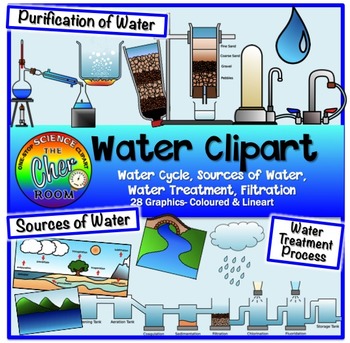


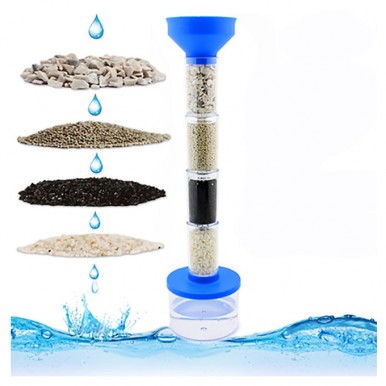





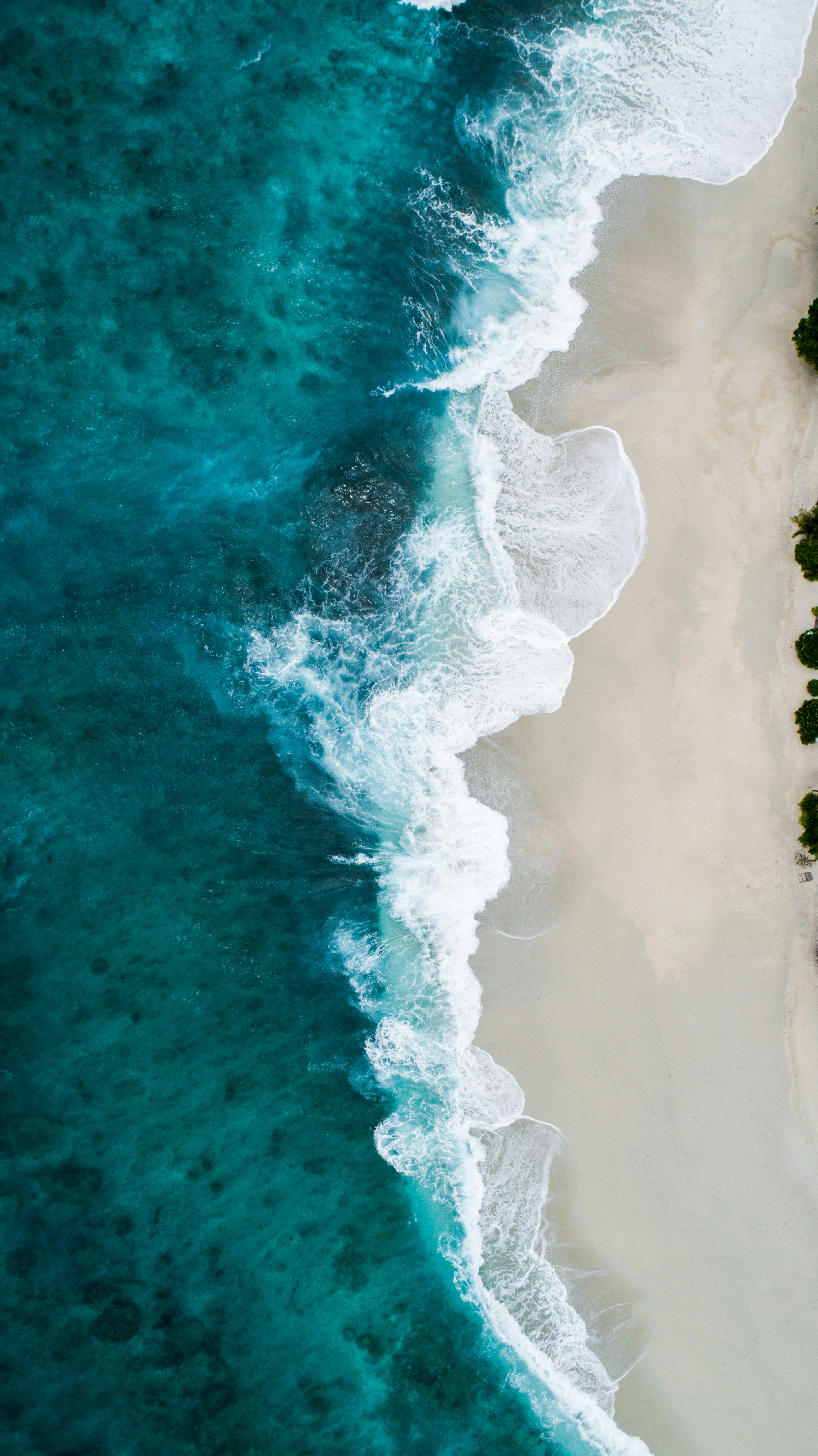

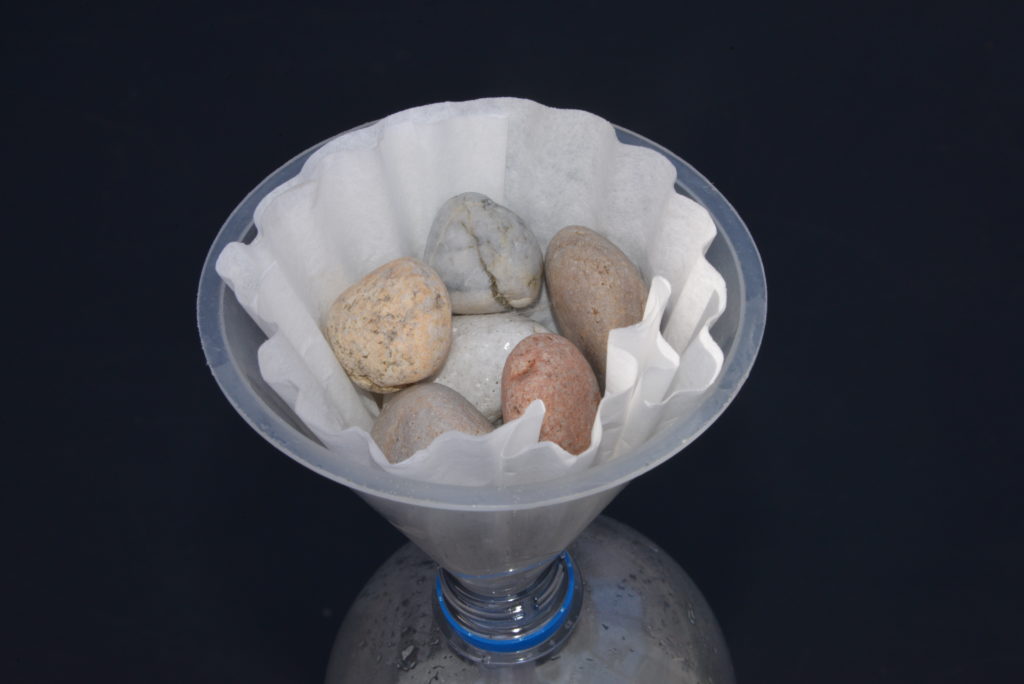

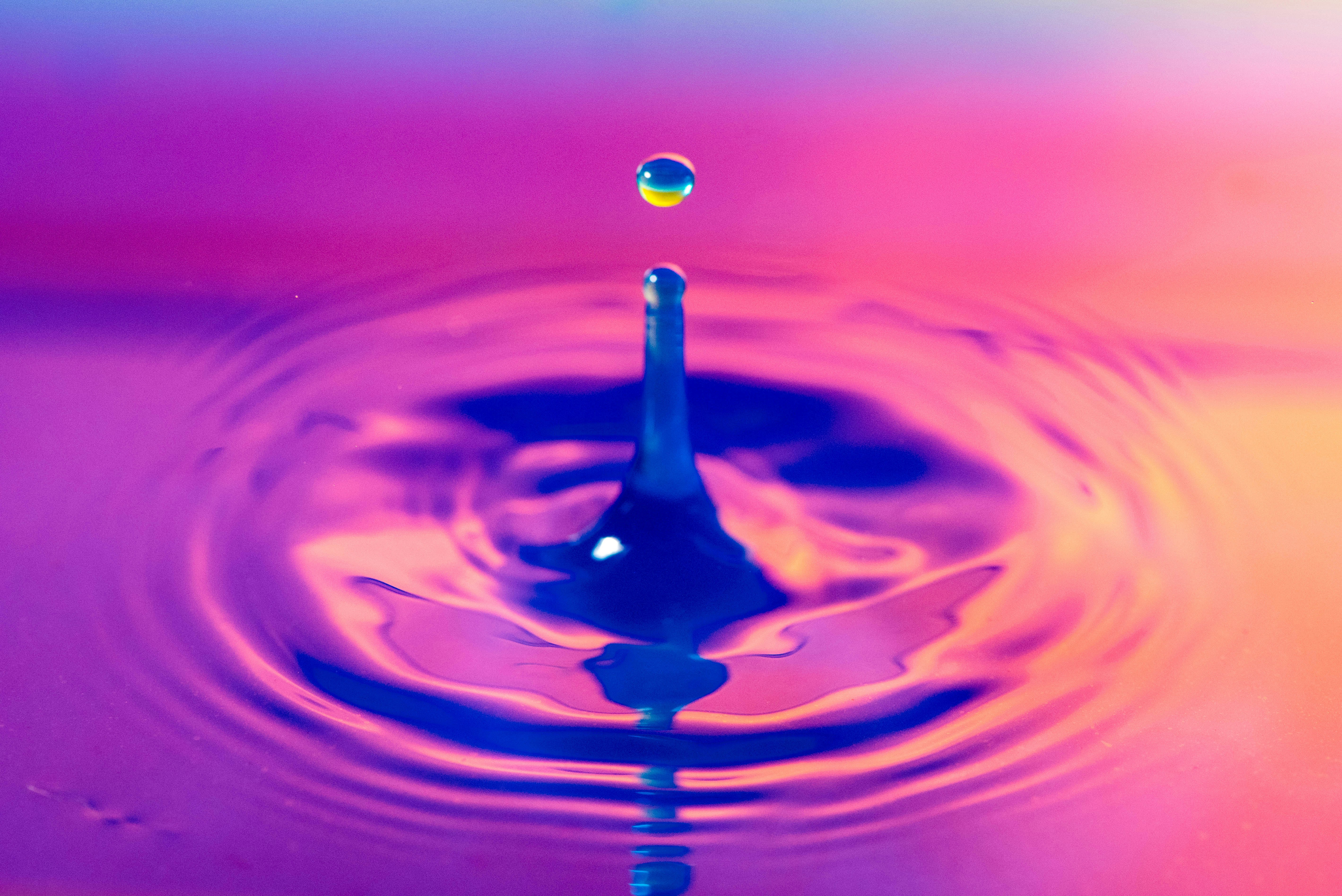






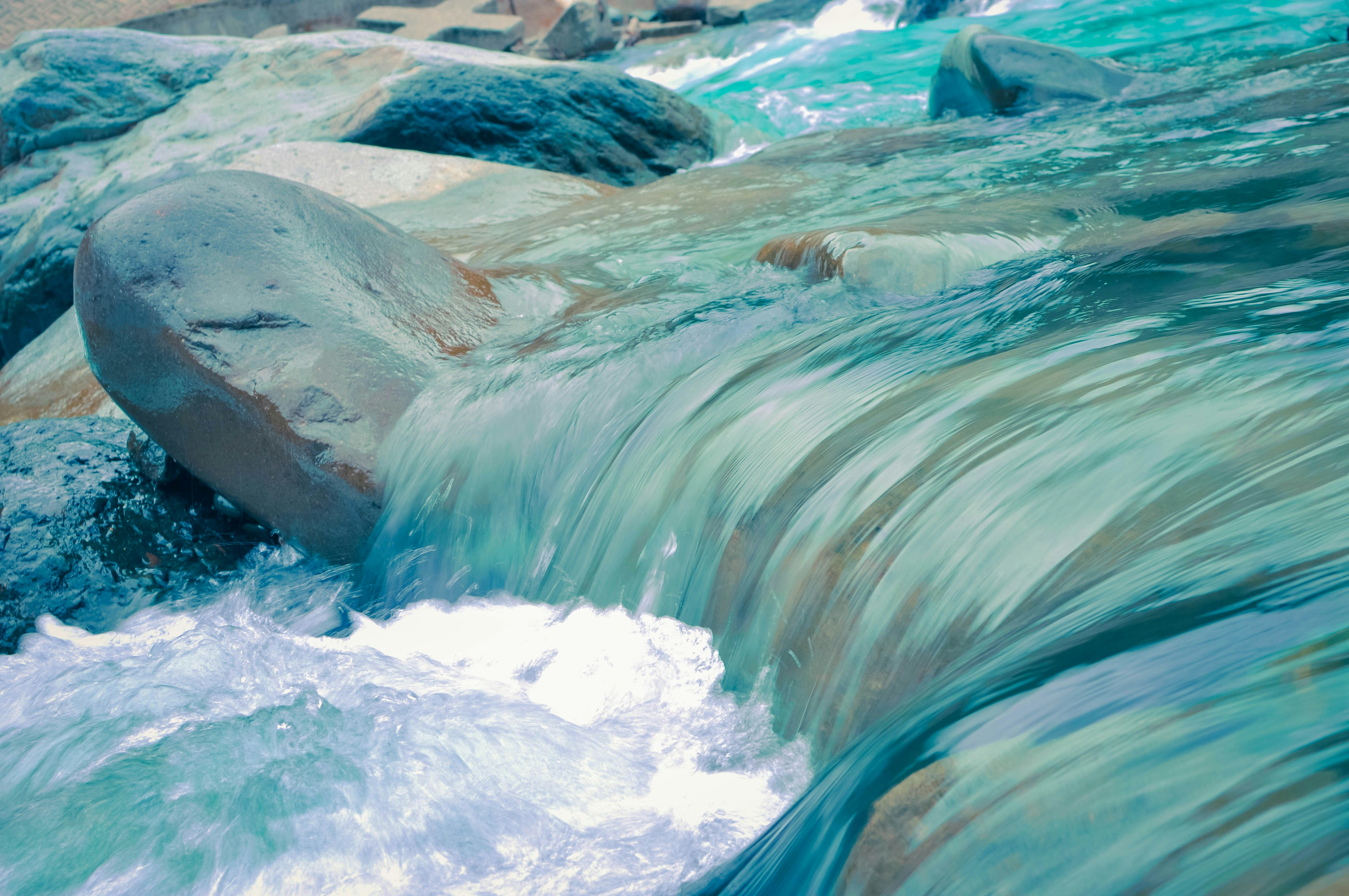
0 Response to "42 water purification science projects"
Post a Comment